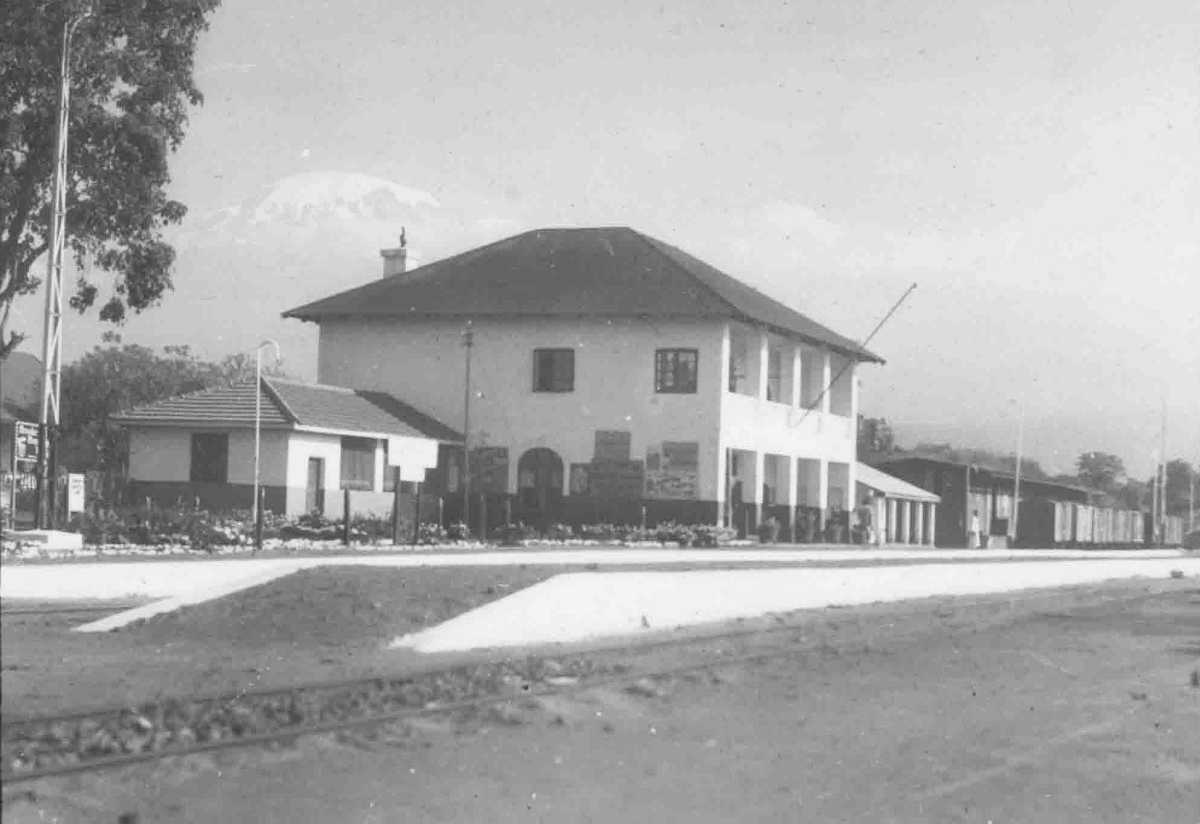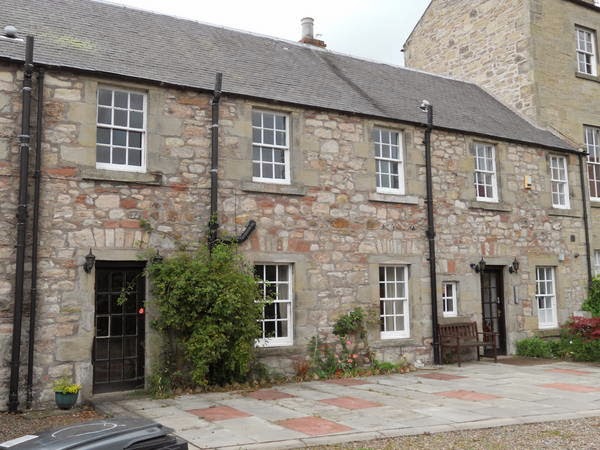 |
| Source: Geocaching |
It's not perfect, but better than nothing. I've also purchased the goods shed, which will eventually be added to the right of the station, mimicking the shed seen in the actual photo. I have no idea what the period paint schemes were for the stations, so I've decided to copy the current colors.
The roofs are removable, along with the upper floors, so you can place figures inside. I've also opted to add a little decoration to some of the rooms.
The kit itself is relatively straightforward to build (though be sure to dry fit pieces, as I had to do some sanding to get some parts to fit) and sturdy in the end. However, there are a few design elements I don't care for. None of the corners are designed to fit flush. I think this was done to hold the roofs in place, but visually it looks a bit odd. They also don't have the roofs overhang the walls (most likely for the previous reason). Having built up my roofs, it's not so bad, but looks worse if you use the original roofs. Lastly, the doors are all greyboard and I'm concerned they won't hold up in the long run.
That being said, overall I'm happy with the station and think it's a good addition to the table. Though mine will primarily be located in German East Africa, I think it could very easily be brought back to Europe for either world war, or for VBCW games.
EDIT: Michi on LAF was able to dig up a period photo:






















































